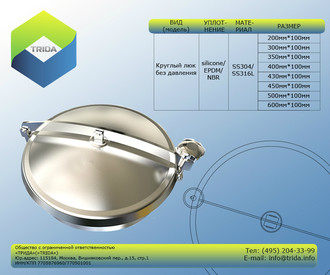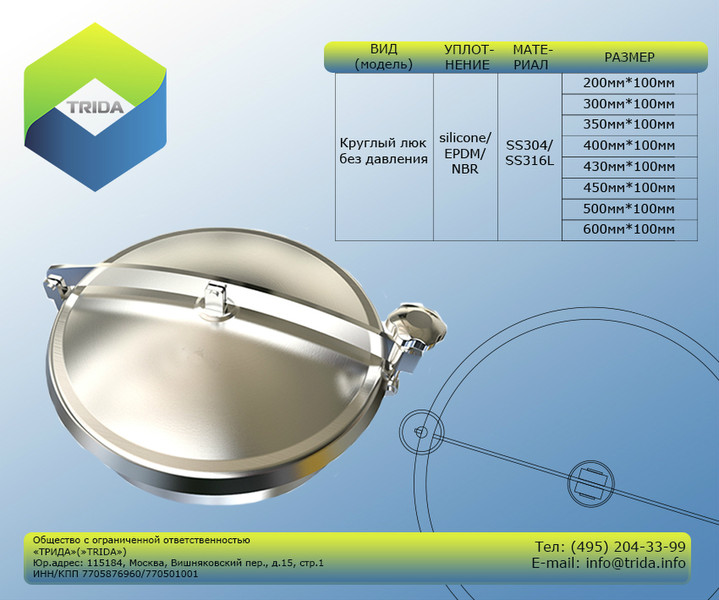Catalog
-
Catalog
- Agriculture
- Apparel
- Automobiles & Motorcycles
- Beauty & Personal Care
- Business Services
- Chemicals
- Construction & Real Estate
- Consumer Electronics
- Electrical Equipment & Supplies
- Electronic Components & Supplies
- Energy
- Environment
- Excess Inventory
- Fashion Accessories
- Food & Beverage
- Furniture
- Gifts & Crafts
- Hardware
- Health & Medical
- Home & Garden
- Home Appliances
- Lights & Lighting
- Luggage, Bags & Cases
- Machinery, Hardware & Tools
- Measurement & Analysis Instruments
- Mechanical Parts & Fabrication Services
- Minerals & Metallurgy
- Office & School Supplies
- Packaging & Printing
- Rubber & Plastics
- Security & Protection
- Service Equipment
- Shoes & Accessories
- Sports & Entertainment
- Telecommunications
- Textiles & Leather Products
- Timepieces, Jewelry, Eyewear
- Tools
- Toys & Hobbies
- Transportation
Filters
Search
Hatches stainless steel
Condition:
new
original price: 0,00 RUB
Moskva, Russia
Minimal order:
1 Piece

Наталья Лобода
Contact person
Basic Information
Stainless steel hatches of the tanks allow for refueling, maintenance, repairs, cleaning, disinfection and inspection of inner surface of tanks.
As the sealing material for stainless steel manhole is used:
1. SILICON (red) can withstand -55°C to +100°C and a short steam treatment for sterility. Suitable in the production of alcohol, beverages and food products. Limitations: acid and alkali of strong concentration, ethers, propane, butane, gasoline, mineral oil.
2. NBR (blue) is a budget option for dairy and beer production. Withstands -25°C to +110°C and a short steam treatment for sterility +130°C. Good resistance to seawater, alcohol, gasoline, propane, butane, mineral oil. Restrictions: benzene, esters, solvents, hydrocarbons and chlorine-containing.
3. EPDM (black) is widespread in the food industry. Withstands from -40°C to +140°C and allows for a long treated with steam for sterilisation +130°C Designed for operation with sea water, alkalis, dilute organic and inorganic acids. Limitations: dry air, fats, mineral and vegetable oils, gasoline, butane, propane.
Hatches made of stainless steel AISI 304 is used in environments with oxidative character: with strong sulfuric, perchloric, nitric, hydrochloric acid at low concentration and low temperature or for a weak malic, citric, tartaric, lactic, acetic acid at a medium temperature. Steel AISI 304 resists corrosion under the open sky. Used mainly in containers for the food and pharmaceutical industry and for the chemical industry.
Hatches stainless steel AISI 316L is an improved version of the hatch in stainless steel AISI 304, which supplemented with molybdenum and has higher amount of Nickel. Molybdenum, like chromium is the alloying element and attaches to the hatch from AISI 316L steel the best corrosion resistance in oxidizing environments. Luke AISI 316L is used in the food and pharmaceutical industries and also for chemical industry for use in particularly aggressive environments: boiling 20% phosphoric acid, and sulfuric acid at certain concentration and temperature, sulfur dioxide, hot organic acids (acetic, malic, lactic, etc.).
Delivery terms and packaging
Срок доставки: 31
Package Type: Box
Package Type: Box
-
Payment Methods
We accept:



















